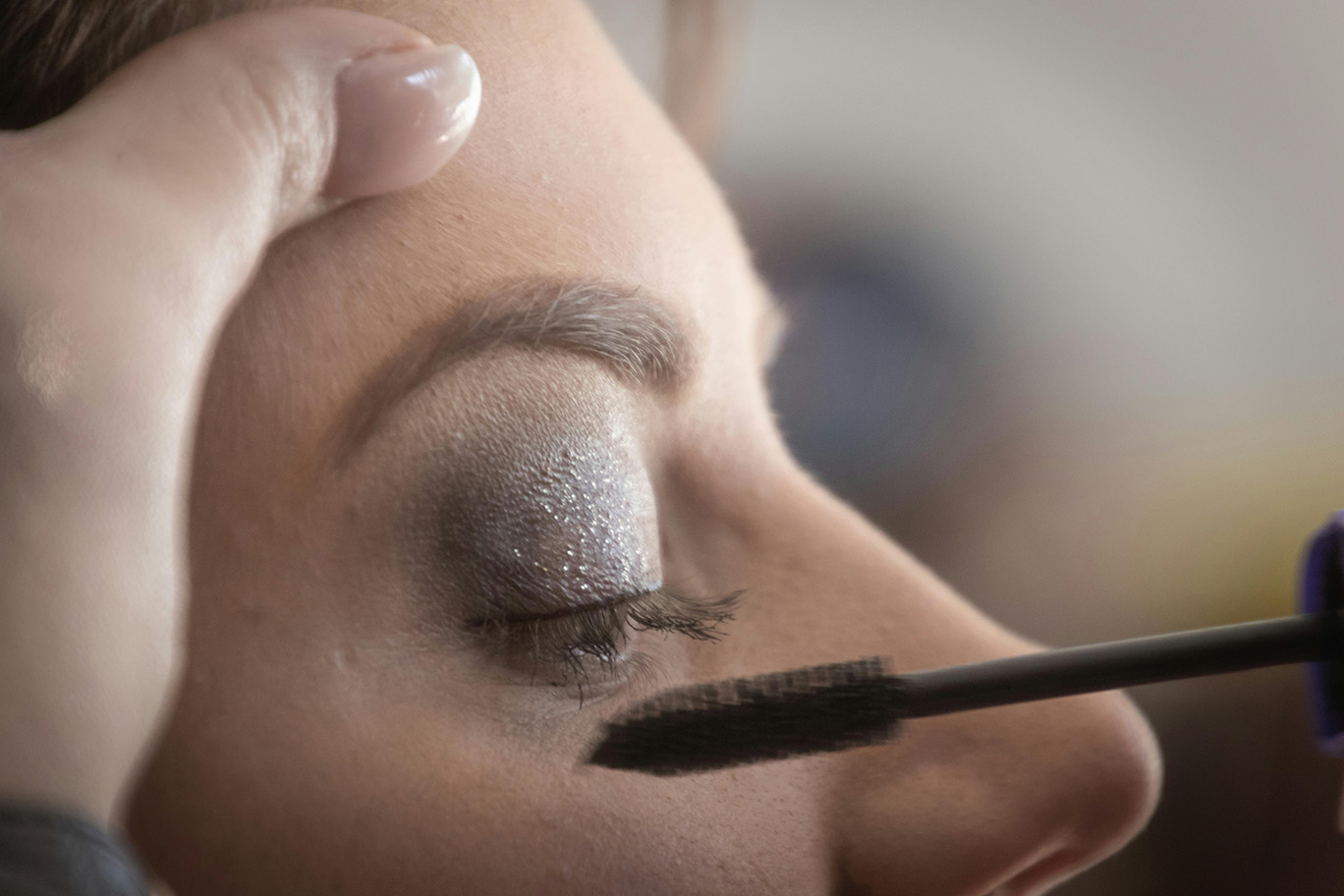Blog
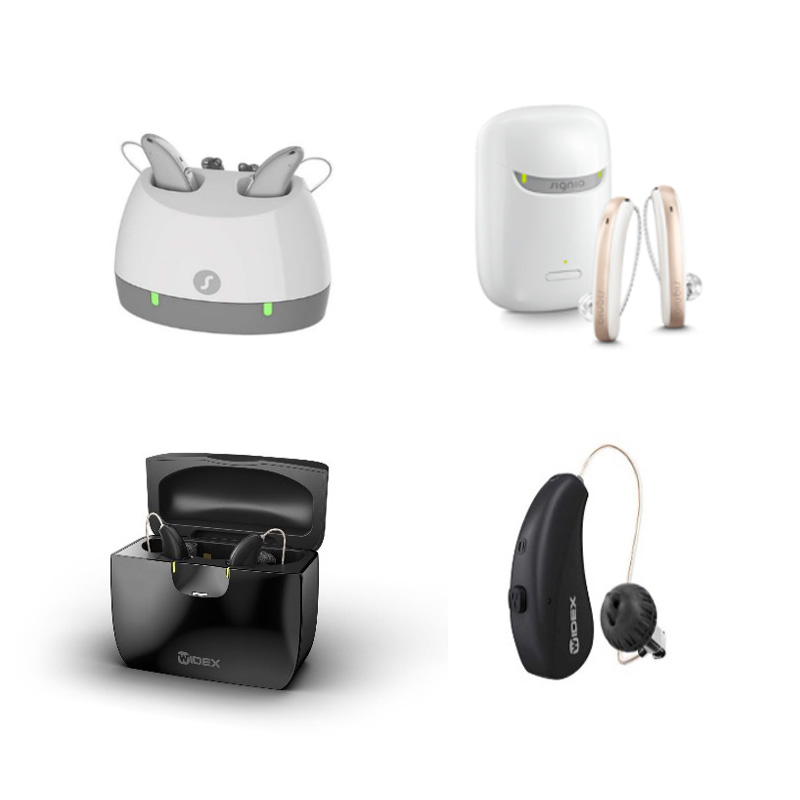
Types of Hearing Device
Posted: 14/07/2023
Advances in technology have led to the development of various types of hearing aids/hearing devices that can significantly improve the quality of life for those with hearing difficulties. Here, we'll explore some of the most common types available from our Audiologists. The most up to date versions are rechargeable (so no need to fiddle with battery replacement), can connect with your TV and sound levels can be altered simply using an app on your phone.
Hearing speech with background noise is the most challenging condition for hearing impaired individuals. Thanks to advanced technologies our hearing devices can automatically map the environment in different noisy conditions via a very advanced signal processing system.
Our audiologists will help find the best type for you. They will consider and discuss with you:
- your hearing loss
- the most suitable aid for your loss
- your lifestyle
- the best choice within your budget
- the health of your ear
Behind-the-Ear (BTE): BTE hearing devices are worn behind the ear and are suitable for people with mild to profound hearing loss. These devices consist of a plastic case that houses the electronics and a fine clear tube that connects to an ear mould or dome placed inside the ear canal. They are versatile, durable, and can accommodate a wide range of hearing loss. These hearing devices do not block the ear canal so you can still hear some sounds naturally and their size makes them easy to hold and adjust and can be connected to your phone via an app.
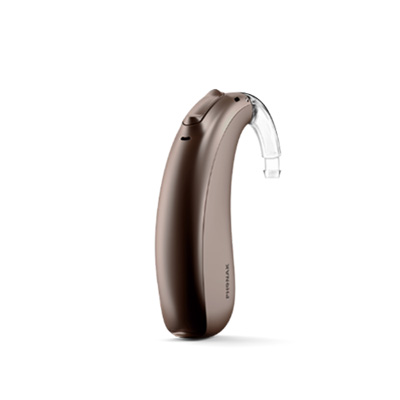

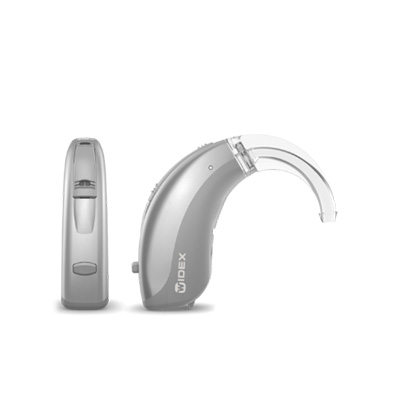
Receiver-in-Canal (RIC) Hearing Devices: A non-custom design that fits over the top of the outer ear which are small, discreet, and quick to fit and perfect for first-time hearing device wearers. These are less noticeable than a ‘Behind the Ear’ model. These can be fitted for the more natural sound quality of the wearer’s voice. They are durable and allow more features available and can be rechargeable or battery powered. RIC devices can connect to your mobile phone via an App and come in a choice of colour. RIC hearing devices are similar to BTE devices but have a speaker or receiver placed inside the ear canal. The main device sits behind the ear and is connected to the receiver through a thin clear wire or tube. RIC hearing devices offer a natural sound quality and are suitable for mild to severe hearing loss. They are comfortable to wear and allow for better sound localization.

In-the-Ear (ITE) Hearing Devices: These are custom-made to fit the individual's ear. They are worn inside the outer portion of the ear and are visible when looking directly at the ear. ITE models are available in different sizes and can accommodate various degrees of hearing loss. They are generally easier to handle and can include additional features like volume control options.
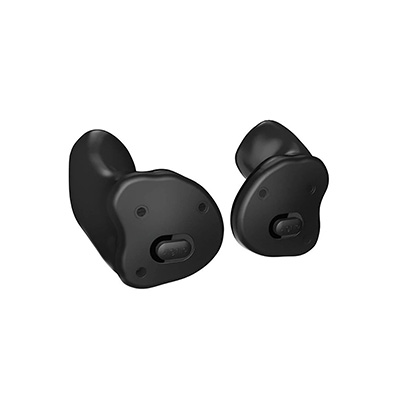

In-the-Canal (ITC) and Completely-in-the-Canal (CIC) Hearing Devices: ITC and CIC hearing devices are smaller and fit partially or entirely inside the ear canal, making them less visible than BTE or ITE models but their size may make them difficult if dexterity is not good. They are suitable for mild to moderate hearing loss. ITC and CIC designs offer cosmetic advantages as they are discreet and less noticeable. However, their small size can limit the availability of certain features and accessories and they do not have a manual volume control.
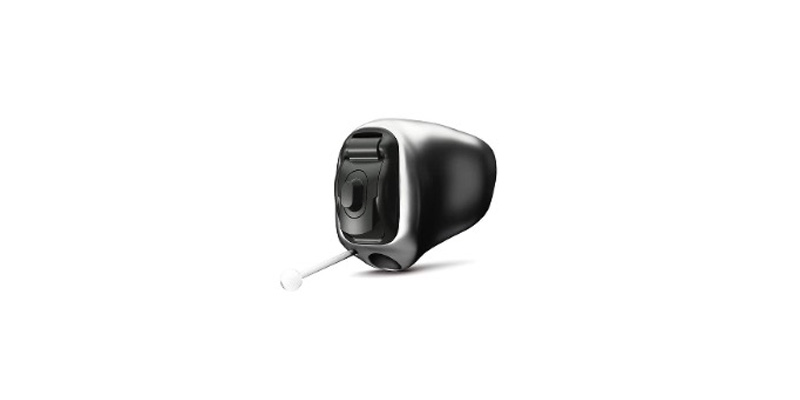
Each type of hearing aid has its own advantages and limitations. The choice of hearing aid depends on factors such as the individual's degree of hearing loss, lifestyle, cosmetic preferences, and the advice of a hearing healthcare professional. Regardless of the type chosen, modern hearing aids have revolutionized the way people with hearing loss can experience the world around them, providing improved communication, enhanced social interactions, and a better overall quality of life!
In our next hearing blog, we will explore accessories to enhance your hearing experience.
< Back


